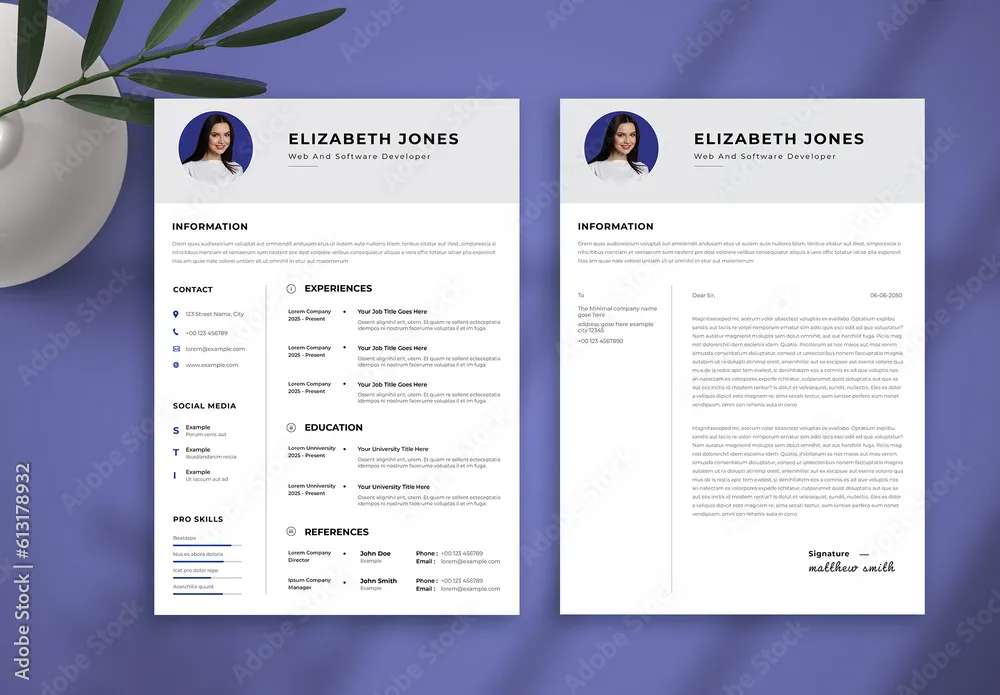Highlighting Your Skills in a Cover Letter
A well-crafted cover letter is your opportunity to shine, providing a personalized introduction that complements your resume. It’s where you can demonstrate your genuine interest in the role and the company. Your cover letter is a powerful tool that lets you emphasize the specific skills and experiences that align perfectly with the job requirements. By focusing on what you can bring to the table, you significantly increase your chances of grabbing the hiring manager’s attention and securing an interview. Make sure to articulate your abilities with specific examples and quantifiable achievements. This proactive approach showcases your understanding of the role and demonstrates how your expertise can contribute to the company’s success. The cover letter is your chance to tell your story, providing context and personality that a resume alone cannot convey.
Researching the Company Culture
Before even starting to write, thoroughly research the company. Explore their website, social media profiles, and any recent news articles or press releases. Understand their mission, values, and recent projects. This knowledge will help you tailor your cover letter to the specific needs and expectations of the company. By demonstrating that you understand their culture, you show that you are serious about the opportunity. Understanding their values and how you align with them is crucial. Also, look for information about recent company initiatives or challenges that you can address in your letter. Showing that you are aware of their current situation demonstrates your proactive approach and a genuine interest in contributing to their success. This level of research and understanding is a strong differentiator that will set you apart from other candidates.
Tailoring Your Cover Letter
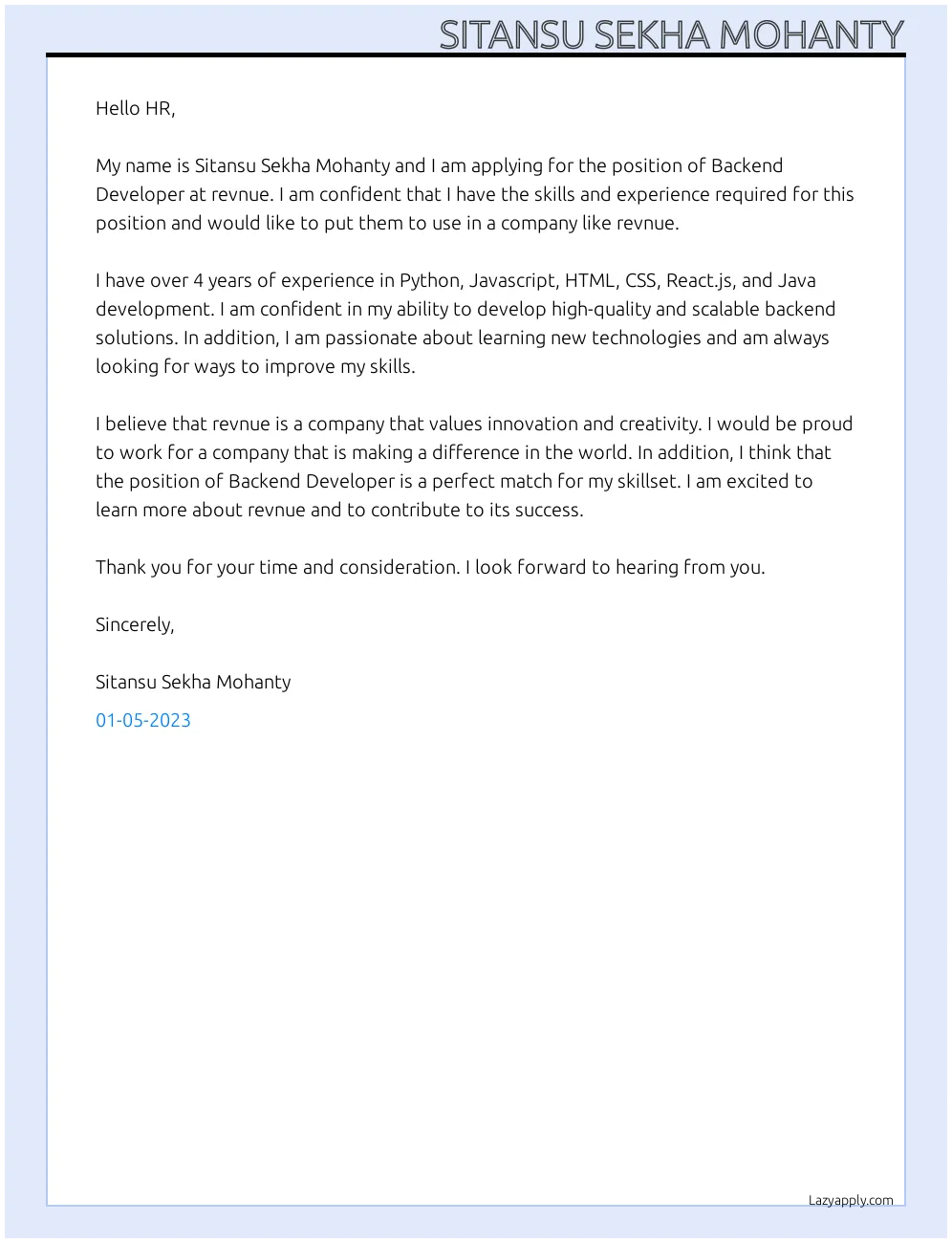
Generic cover letters are easily identified and often disregarded. The key to success is to customize each cover letter for the specific job and company. Review the job description carefully, identifying the key skills and requirements the employer is seeking. Then, in your cover letter, explicitly connect your experiences and skills to those requirements. Use the same keywords and phrases found in the job posting, subtly weaving them into your narrative. When tailoring your letter, consider the company’s unique needs and challenges. Show how your skills and experiences can directly benefit them. Personalization demonstrates that you have taken the time to understand the role and the company, which is a strong indicator of your commitment and interest. Tailoring is not about simply changing a few words; it’s about crafting a compelling narrative that positions you as the perfect fit.
Keywords and Phrases to Include
Optimize your cover letter by strategically including relevant keywords and phrases from the job description. Applicant Tracking Systems (ATS) scan cover letters for these keywords, and their presence can greatly increase your chances of getting past the initial screening. But the inclusion of keywords should be organic and natural. Weave these terms into your sentences to highlight how your skills and experiences meet the job requirements. Focus on technical skills, soft skills, and industry-specific terms. Beyond keywords, consider incorporating industry-specific phrases that resonate with the hiring manager. Demonstrate a clear understanding of the role and its responsibilities. Remember, the goal is to make it easy for the hiring manager to see how you match the job requirements and why you are the best candidate for the position.
Using Action Verbs
Use powerful action verbs to describe your accomplishments and responsibilities. Action verbs bring your experiences to life, making your cover letter more engaging and impactful. Rather than simply stating what you did, use verbs that illustrate your actions and the results you achieved. Begin each bullet point or sentence describing a responsibility or accomplishment with a strong verb like ‘managed,’ ’led,’ ‘created,’ ‘developed,’ ‘implemented,’ or ‘achieved’. By using action verbs, you turn passive statements into dynamic and memorable narratives. Action verbs are especially effective in quantifying your achievements. For example, instead of writing ‘Responsible for increasing sales,’ write ‘Increased sales by 20% within one quarter by implementing a new marketing strategy.’ This level of detail is much more impressive.
Showcasing Your Achievements

Don’t just list your responsibilities. Focus on highlighting your achievements and the positive results you’ve delivered. Use the STAR method (Situation, Task, Action, Result) to structure your examples. Describe the situation, the task you faced, the actions you took, and the quantifiable results you achieved. Quantify your achievements whenever possible. Instead of saying you improved customer satisfaction, mention by what percentage. Instead of saying you saved money, specify the dollar amount. The more concrete your examples, the more convincing you are. This approach provides the hiring manager with tangible evidence of your abilities and your potential to contribute to their organization’s success. Showcasing your achievements will help you stand out from other applicants.
Formatting and Design Best Practices
The formatting and design of your cover letter are as important as the content. A well-formatted cover letter is easy to read and visually appealing. Use clear, concise language and break up large blocks of text with short paragraphs and bullet points. The letter should be well-structured, and make sure to have enough white space to make it easily readable. Ensure your cover letter is free of any formatting errors. A professional layout shows that you pay attention to detail and respect the reader’s time. A clean layout makes it easier for the hiring manager to focus on the content of your letter, rather than getting distracted by poor formatting. Ultimately, the goal is to make a strong first impression and encourage them to read your letter.
Choosing the Right Font
Select a professional and easily readable font for your cover letter. Common and safe choices include Times New Roman, Arial, Calibri, or Helvetica. Avoid overly decorative or unusual fonts, as these can be difficult to read and make your cover letter less professional. Choose a font size between 10 and 12 points for optimal readability. Consistency is key: use the same font throughout your letter. Ensure the font choice aligns with the overall tone of your application. The goal is to create a polished and professional appearance that reflects your attention to detail and respect for the reader’s time. Remember, the objective is to make your letter easy and pleasant to read, so the hiring manager can focus on your qualifications.
Formatting for Readability

Improve readability by using clear formatting. Use consistent spacing, proper margins, and bullet points to break up large blocks of text. Keep paragraphs short and concise, and use headings and subheadings to organize the content. These formatting elements guide the reader’s eye and make it easier to scan and absorb the information. Make sure to have a consistent structure, where key information stands out. Proper formatting not only enhances readability but also demonstrates your organizational skills and attention to detail. By prioritizing readability, you ensure that your message is easily understood and that the hiring manager can quickly grasp your qualifications and experience. Consider using bold text to highlight important points.
Proofreading and Editing
Always proofread your cover letter multiple times before submitting it. Typos, grammatical errors, and spelling mistakes can significantly damage your chances of making a positive impression. Read your cover letter aloud to catch any awkward phrasing or mistakes. Ask a friend, family member, or career advisor to review your letter for any errors. Be sure to check for consistency in formatting and tone throughout the entire document. Proofreading is essential. It shows the hiring manager that you pay attention to detail and care about presenting yourself professionally. Errors indicate carelessness, which can make a negative impression. Taking the time to proofread your letter will significantly increase your chances of landing an interview.
Before You Send the Cover Letter
Before sending your cover letter, double-check everything to ensure it’s perfect. Verify that all contact information is correct and up to date. Confirm that the company name and the hiring manager’s name are spelled correctly. Re-read the job description to ensure that your letter still aligns perfectly. After you have finished proofreading the letter and are satisfied, review it one last time and then send it. Avoid sending the wrong document or the wrong version. This will help you make sure that you have a polished, professional document before submitting it to a potential employer. Take the time to go over all the basics, as a quick look-over can help catch any mistakes.
Checking for Grammar and Spelling Errors
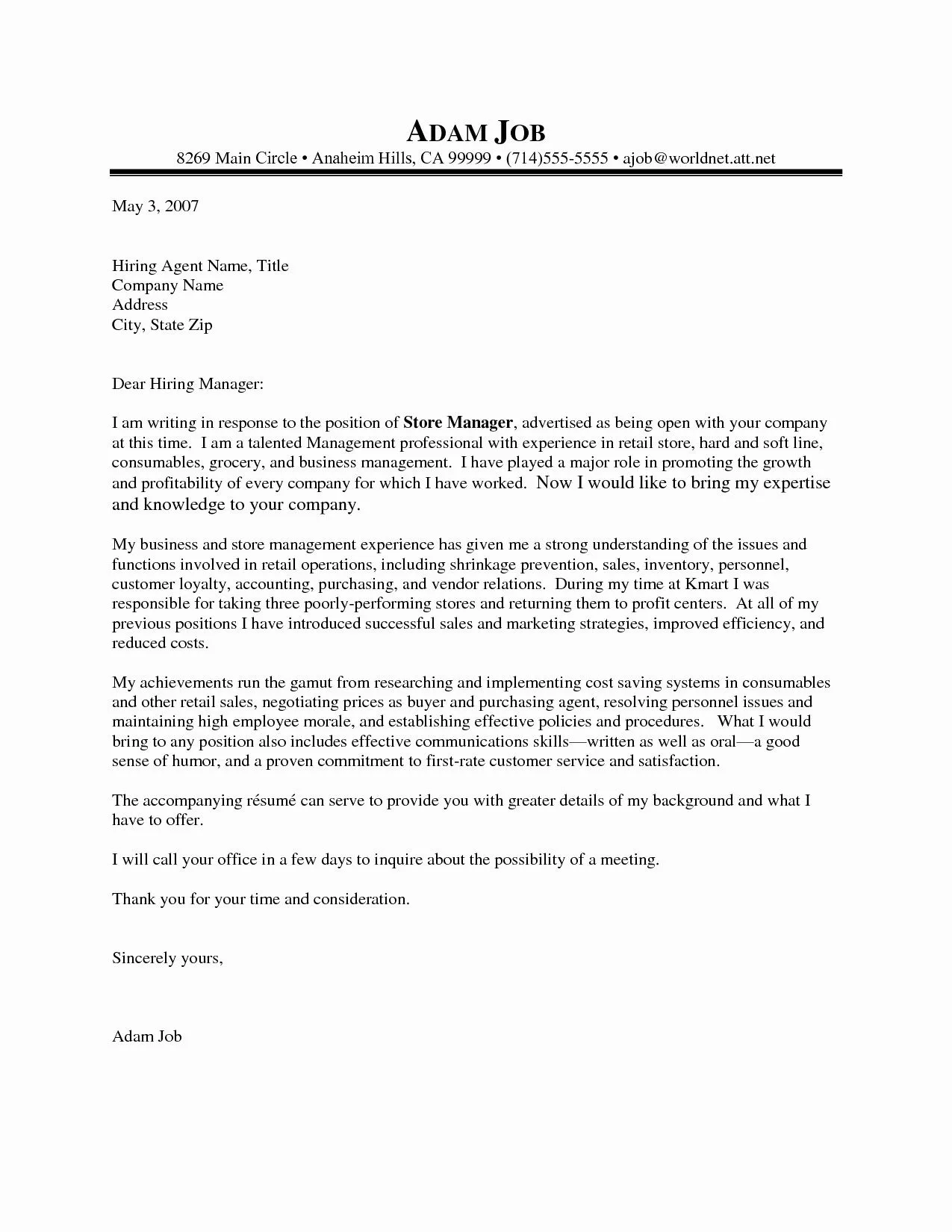
Thoroughly check your cover letter for any grammar or spelling mistakes. Grammatical errors and typos can instantly detract from your credibility and professionalism. Use a grammar checker, such as Grammarly or the built-in tool in your word processor, to catch any errors you might have missed. Review all the details. Read the letter aloud, as this will help you catch any awkward phrasing. Ensure all the names and titles are correct. Carefully checking the letter will ensure that you are making the best impression on the hiring manager. Before submitting your application, take the time to proofread and edit. It will demonstrate your attention to detail.
Addressing the Hiring Manager
Address the hiring manager by name whenever possible. Finding the correct person’s name shows that you have taken the time to research the company and demonstrates your attention to detail. It adds a personal touch to your letter. Always address the hiring manager directly. It makes a better impression than using generic greetings. If you can’t find the hiring manager’s name, try looking on the company’s website, LinkedIn, or contacting the company’s HR department. Addressing the hiring manager directly shows that you are genuinely interested in the specific opportunity. It makes your cover letter feel more personal and demonstrates a greater level of professionalism.
Finding the Right Person to Address
Making the effort to find the correct name is a significant step in customizing your application. If the job posting doesn’t provide a name, use the company website, LinkedIn, or the ‘About Us’ section. You can also call the company’s HR department to ask for the hiring manager’s name. Addressing the letter to a specific person makes it feel more personal and shows initiative. Be certain the name is spelled correctly and the title is accurate. This small step can create a more personal connection with the hiring manager. Take the time to investigate who to address it to. It shows that you are going the extra mile to personalize your application. You can also find this information by searching on LinkedIn.
Avoiding Generic Greetings
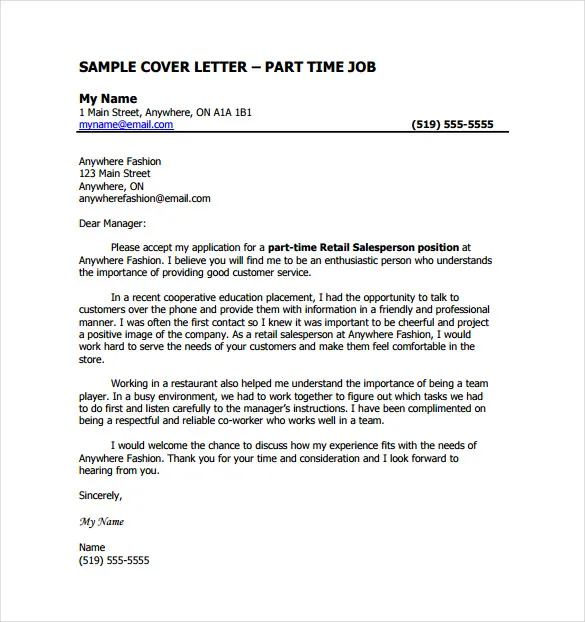
Avoid using generic greetings like ‘To Whom It May Concern’ or ‘Dear Sir/Madam’. These are impersonal and make your cover letter sound less engaging. Try to find the name of the hiring manager or the person responsible for reviewing applications. If you’re unable to find a specific name, consider using a slightly more specific greeting, like ‘Dear Hiring Team’ or ‘Dear [Department Name] Manager’. Personalization shows that you have taken the time to research the company and the specific role. Use a direct approach to start a conversation with the hiring manager. A personalized greeting can make your cover letter more engaging and memorable.
Closing Your Cover Letter Effectively
The closing of your cover letter is your final opportunity to leave a lasting impression. A strong closing reiterates your interest in the position, expresses enthusiasm, and encourages the hiring manager to take action. Your closing paragraph should be concise, compelling, and action-oriented. End with a call to action, such as expressing your availability for an interview. Thank the hiring manager for their time and consideration. Also, make sure the final paragraph summarizes your most important qualifications and reiterate your enthusiasm for the opportunity. A well-crafted closing increases the likelihood that you will get the interview.
Expressing Enthusiasm
Clearly express your enthusiasm for the position and the company. This shows that you are genuinely interested in the opportunity and are excited about the prospect of contributing to the team. Share your genuine interest in the role. Highlight the specific aspects of the job or company that you find appealing. Tailor your enthusiasm to each application. Be specific in your interests, such as the company’s values or its products. Also, show genuine interest and excitement for the company’s mission and culture. Your enthusiasm should be sincere and tailored to the specific opportunity.
Providing Contact Information
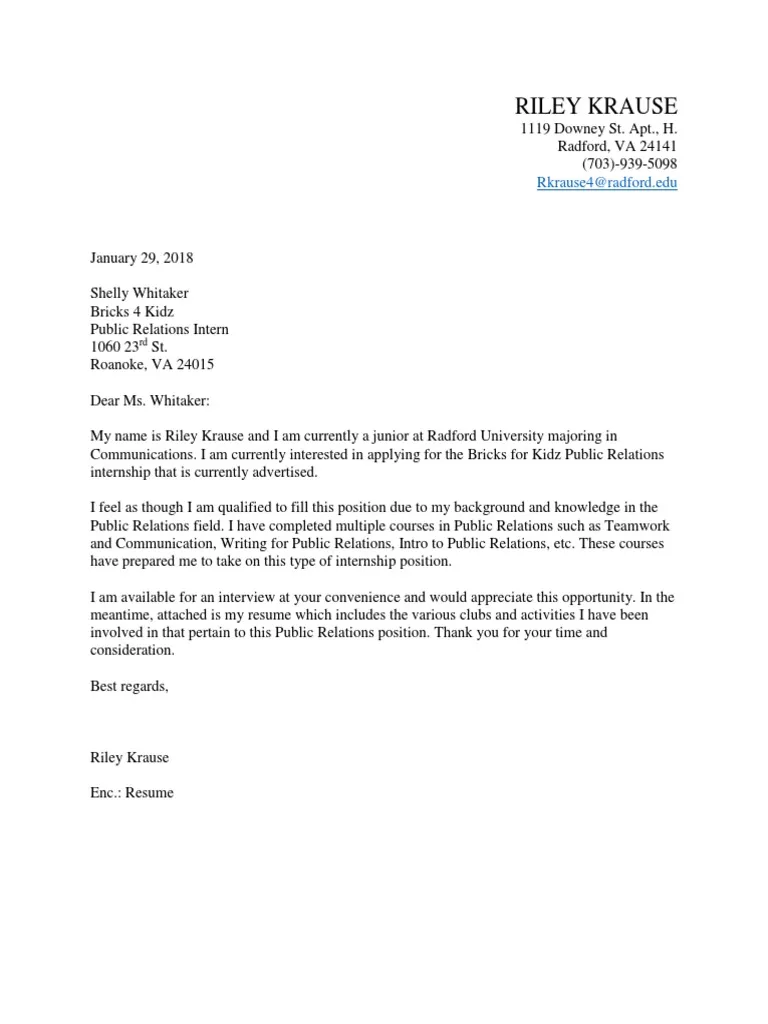
Ensure your contact information is accurate and easily accessible. Include your phone number, email address, and any other relevant links, such as your LinkedIn profile or portfolio website. Make it easy for the hiring manager to reach you. Make sure to have a professional email address. Double-check all of your contact details to avoid any errors. By providing your contact information, you make it easy for the hiring manager to contact you to schedule an interview.
Proofreading the Closing
Proofread the closing paragraph carefully for any errors in grammar, spelling, or formatting. Ensure it is polished and professional, just like the rest of your cover letter. The closing paragraph is your final chance to make a positive impression. Make sure it reflects positively on you. Take the time to review the closing to avoid any typos or grammatical errors. These errors can make you look unprofessional. The final paragraph is your last opportunity to leave a good impression.
